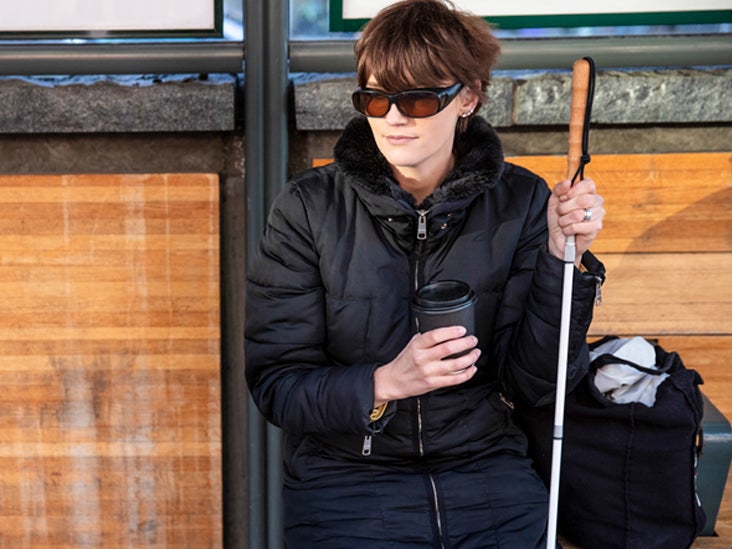

Deafblindnessĭeafblindness is a combined loss of hearing and vision that results in significant challenges accessing information.

As soon as your eyesight begins to affect your daily life, you’re eligible. You do not need to be legally blind to access services from the CNIB Foundation, Vision Loss Rehabilitation Canada or other CNIB organizations.

diseases like glaucoma and retinitis pigmentosa impact peripheral sight, creating “tunnel vision.”.retinal diseases like age-related macular degeneration create distortion or blind spots in the central vision.Blindness has many causes, and each affects eyesight differently: The term “blindness” covers a broad spectrum of visual disability, from when your sight is impaired enough to interfere with daily activities like reading, cooking or driving, up to total blindness.Įach person’s experience of blindness is unique. On the other hand, a person with low vision may or may not be legally blind but has enough vision loss to interfere with his or her daily life. In fact, according to VisionAware, about 85 percent of people who are considered legally blind can see forms. For many people who are legally blind, vision isnt completely erased. Total blindness is different than legal blindness. A person with total blindness cannot see anythingshapes or lightwith either eye. Legally blind people can often see the large E at the top, but nothing else, while wearing corrective lenses. Many people imagine blindness as complete darkness. Legally blind is someone who sees but not very clearly. Legal blindness is not the same as total blindness or low vision (also called visual impairment).


 0 kommentar(er)
0 kommentar(er)
